We have just wrapped up an incredible ten day visit with these friends.
Even more than all the memories collected from game drives, swimming, hiking, playing, and eating together – I am struck by what it means to have people from home glimpse where we live, play, eat, shop, and work here. “To be seen”- actually, it means a great deal!
My strongest memory of this happened in 1996 when a college friend came to visit me in Tanzania, five months into my volunteer experience. It was such an intense sensation – this “being seen” by someone from my other, “real” life. It acknowledged and affirmed everything I had been experiencing in that marvelous and challenging environment. I remember thinking to myself, “I really am here.”
We learn the power of “to be seen” in the early parenting years when little ones are constantly checking whether we have noticed their accomplishments. There is a deeper message in “I see you!” compared to “Great Job!” The message humbles the one seeing and equally values the worth of the one who is seen – a profound statement to anyone regardless of age.
It’s a three word sentence, about the easiest kind there is, right? Subject, verb, object. What’s complicated though is what and who we choose to see. And in South Africa, like in America, it’s pretty easy to stay on the surface. We have done plenty of that this year and during our visit with friends. Seeing what is easy, beautiful, and hoped for is the obvious starting place.
We saw extraordinary wildlife.
We saw sunsets and mountains.
We saw beauty.
We saw luxury and abundance.
We saw waves and fun.
All of the above are real. We saw them; we experienced them. But there’s a lot hidden behind the surface too, a lot we missed and ignored. Other things aren’t accessible because of the real and imagined barriers that exist between race and class here. There can be awkwardness and discomfort when we see beyond what is easy or satisfying to comprehend.
It is from that context that I am prompted to say I couldn’t have been happier and prouder of my children and our visitors when they joined me in Ezinketheni where I volunteer. Pushing through any fears of language barriers or safety, they honored people who are often overlooked, avoided, or hidden in choosing to see them. Not surprisingly, after seeing with open eyes and hearts it didn’t take any coaxing or training to know how to participate too.
We saw children learning.
We saw a difficult environment and people making a difference.
We saw grannies! Many are challenged with caring for orphans despite little or no income.
This Gogo needs to wash clothes and do many other chores despite her amputated leg.
Here’s a beautiful counterpoint to weave into this story. Guess what the common, everyday Zulu greeting “Sawubona!” means? It’s not – Hi, Hello, Good Day, or How are you. It is literally, “I see you!” with the reply, “Yes, and I see you!” What a grounded and open place that is to start any conversation, any interaction.
Who and what do you see? Who and what do you not see? How can we dignify each other by our seeing?
One place I have been exploring this in my life is when I am stopped at an intersection where there is someone begging. I encounter this several times most days and sometimes, especially on a Friday afternoon when it’s payday, it could be nearly every corner. We generally avoid monetary or other handouts at these spots and typically leave our windows up for our own safety. I have noticed that most drivers do what I do – ignore or give a nod or waving hand to show “no.” But, am I really seeing this human being? Do I want to? Can I communicate “Sawubona” to the face on the other side of the glass in that short moment before the light turns green? I’m not sure. But, it is a good place to sit with the discomfort we must accept when we choose to see someone’s dignity.
I want to end with a “thank you” to all those who have seen me when it mattered most in my life! And if this idea of “Sawubona” is resonating with you, I encourage you to watch this clip. Here’s a quotation by the speaker, Orland Bishop, a community organizer and peacemaker in California. “Through ‘Sawubona’, we are capable of experiencing the quality of another without judgment or prejudice shaped by our thoughts. Sawubona is an openness to the highest good in a person.”
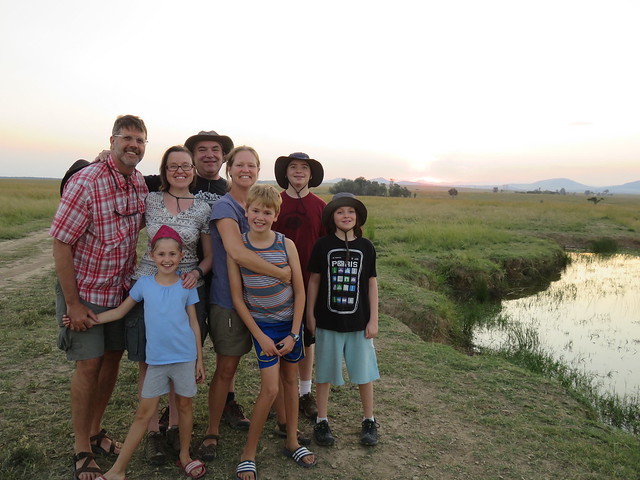

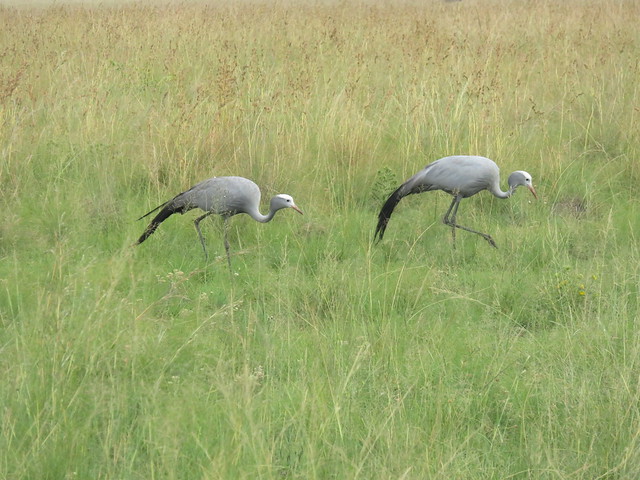
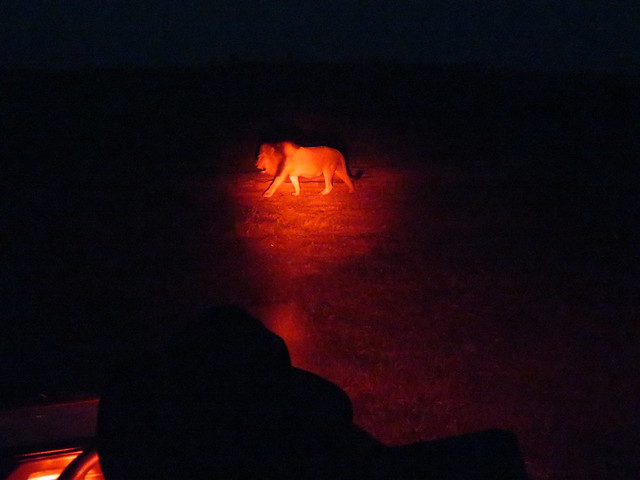
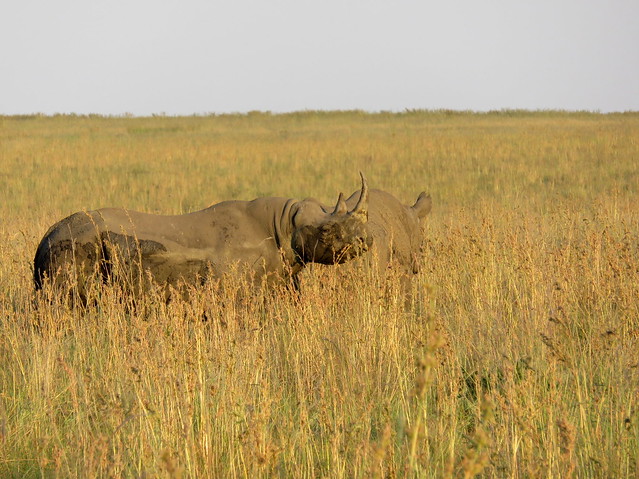
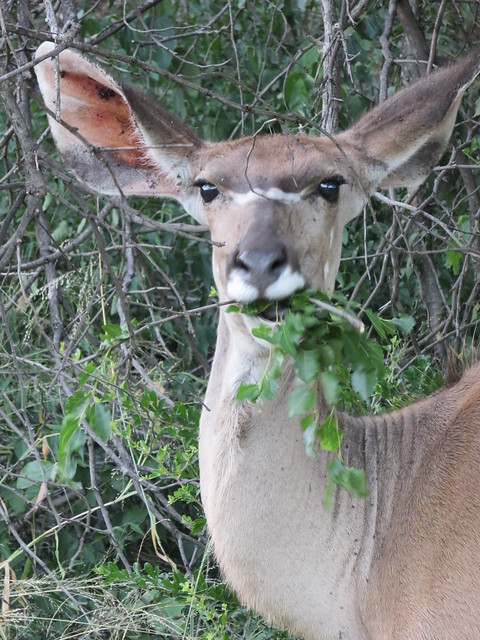
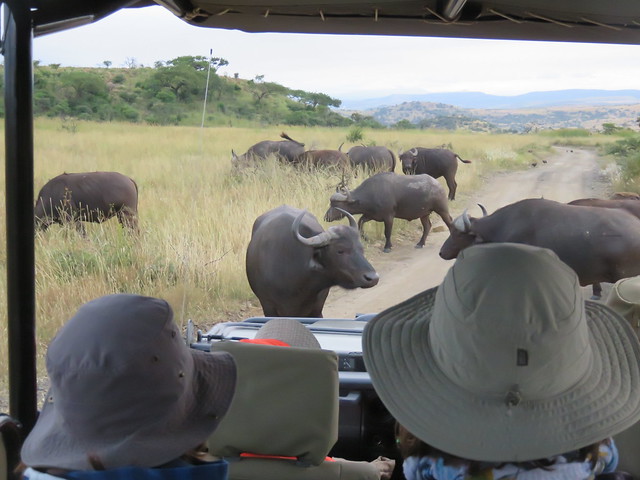
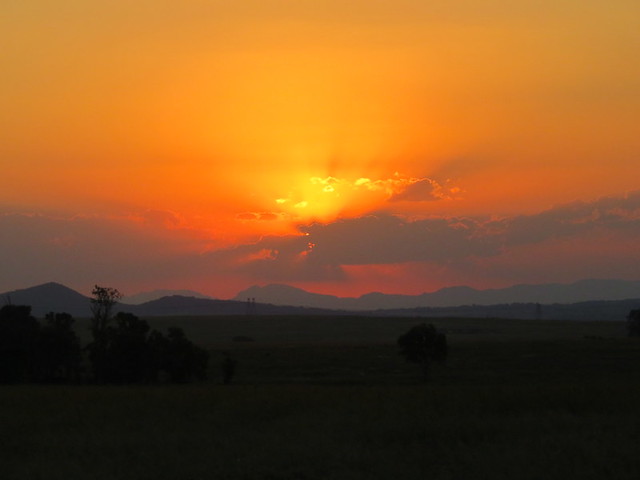


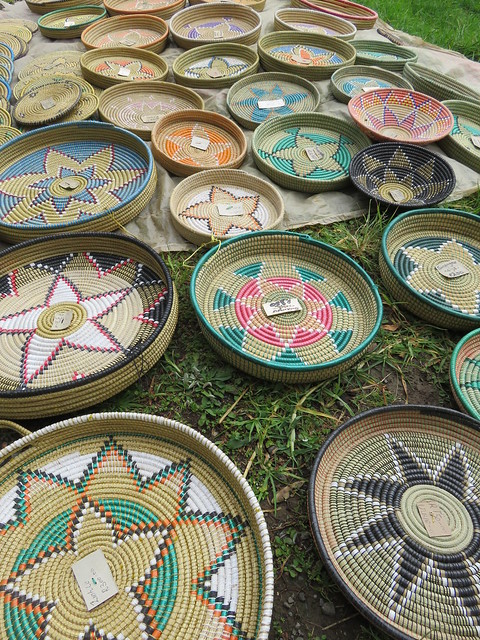
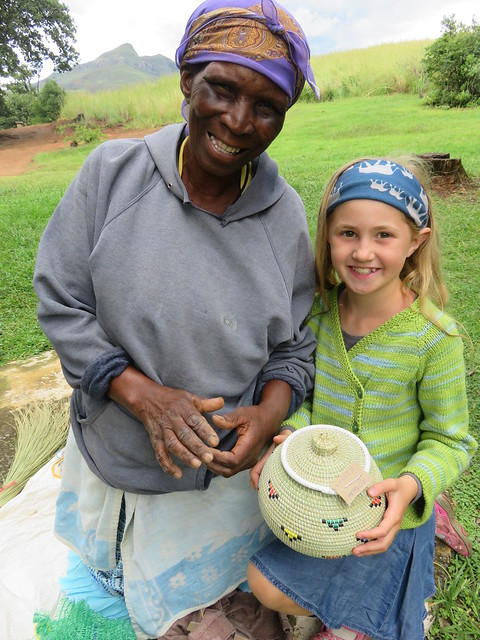
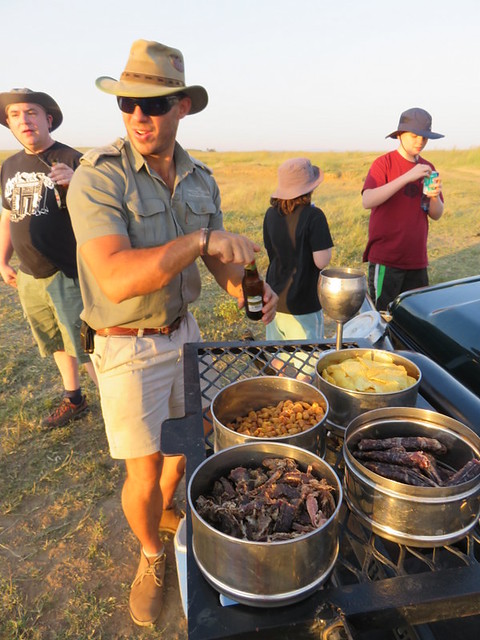


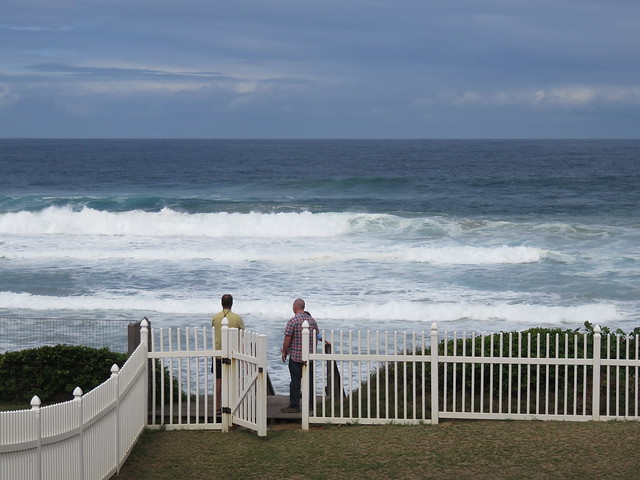


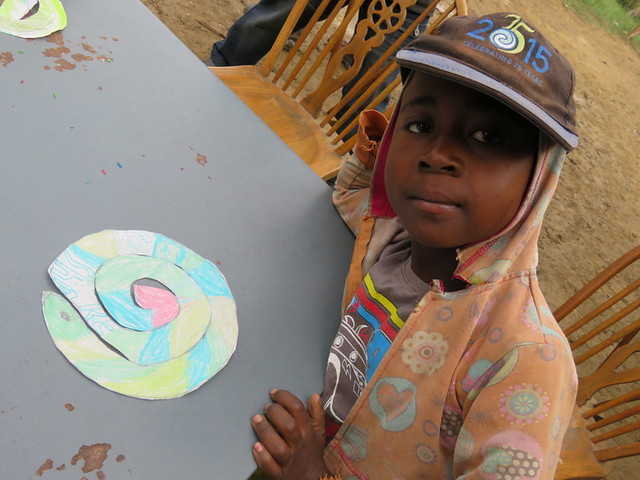
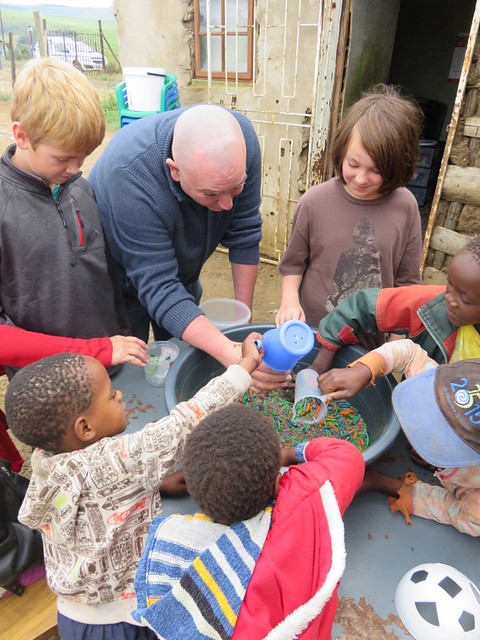
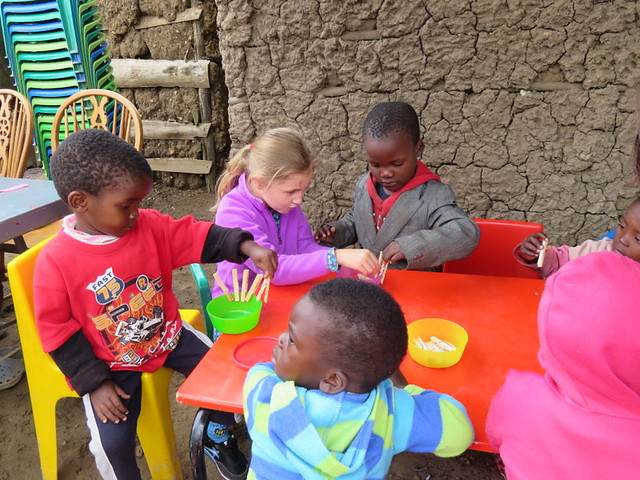
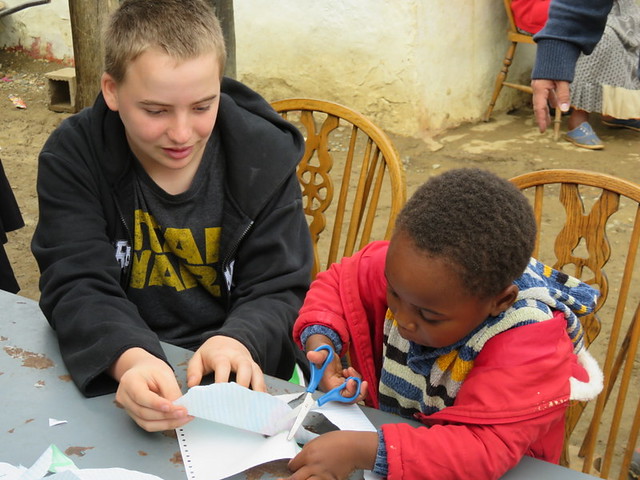
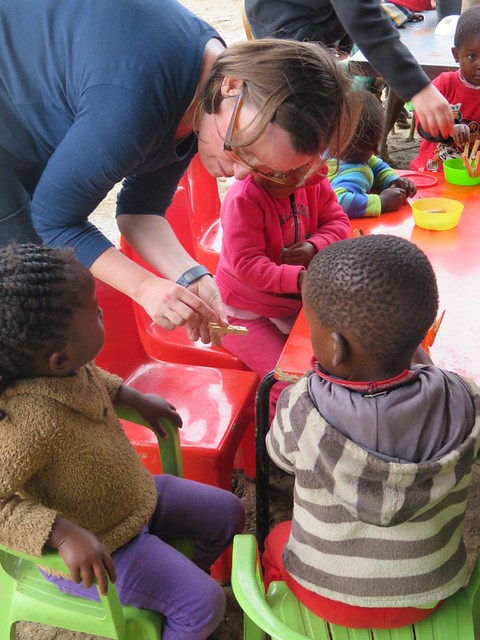
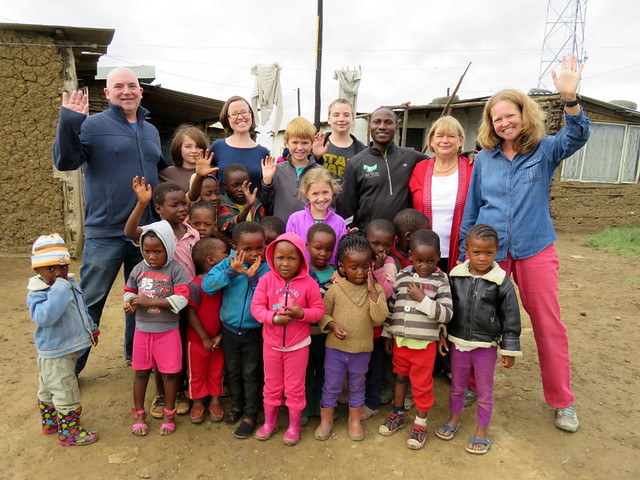
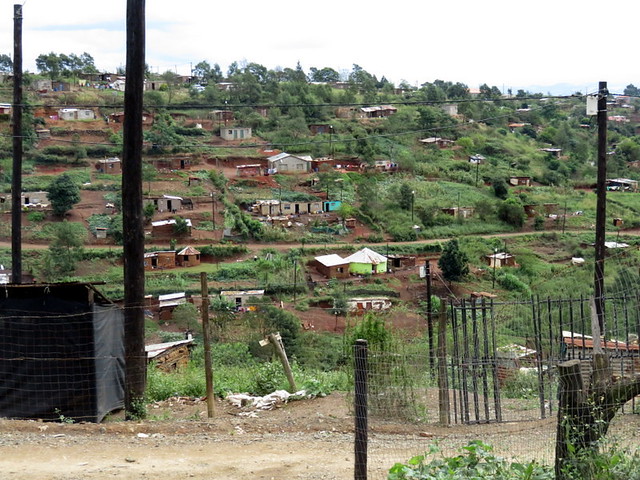

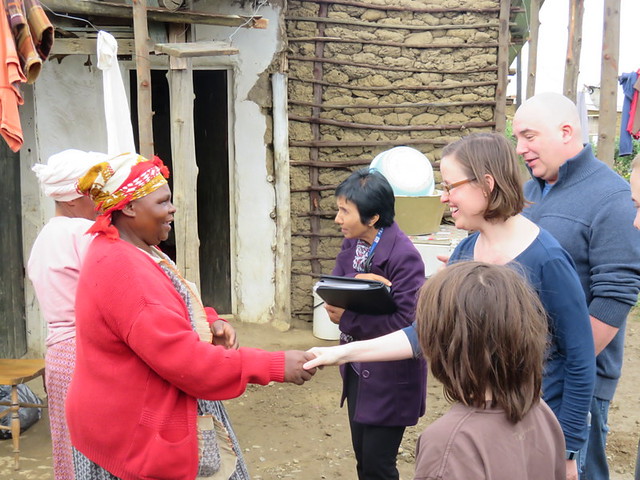

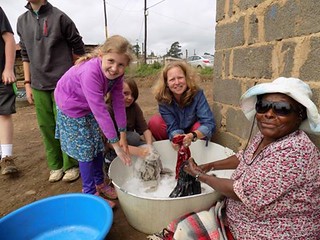
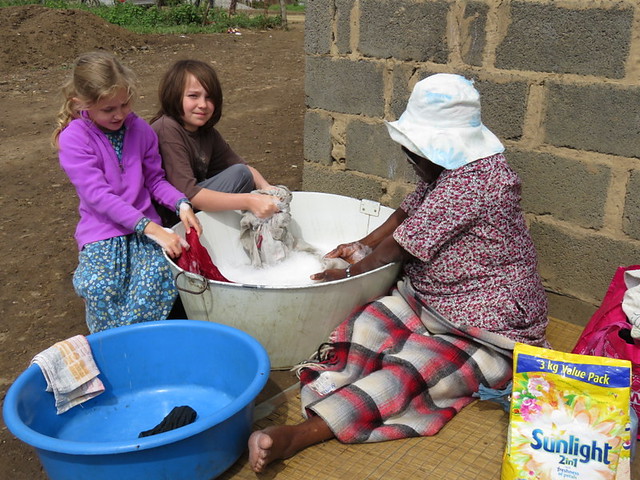
What a beautiful post! I love the Sawubona greeting. It reminded me of the” So how are the children?” greeting. Thanks for sharing this!
LikeLike
beautifully said
and
beautiful in living
LikeLike
THANK YOU, Amy. This is beautifully written and the message resonates with my core.I have shared it with my friends and Kj’s extended family. The pictures and the wide spectrum of experiences also tell a story.
LikeLike
What a powerful message to us all!
Your messages are always so inspiring and meaningful.
We can all learn from them.
The connections that are shared through your photographs are so wonderful to see.
Thank you for taking the time to share your journeys with us.
LikeLike
I see you! I see your personal passion, transformation and how the Holy Spirit is moving you! I see how you, Elsa Ruth and Simon, are opening your hearts and minds in extraordinary ways to see all children as children of God. I see you, Scott, as you give wings to your children and love to your wife in a new and challenging, albeit beautiful, place. Thank you for sharing what you see with us! …..to me, the greeting “I see you” is another way to express Jesus’ teaching in Matthew 25:31-45….
LikeLike
Dear Family,
I was so deeply touched by the I See You posting. I have thought about it many times. Just now I called Great Grandma Lois and read it to her and described the pictures. She was also deeply moved and touched and when I told her people can post comments back to you she said, “Please tell them ‘This needs to be published.'” I couldn’t agree more. Thank-you for these marvelous thoughts and pictures and we appreciate the effort that goes into your doing this to share with the rest of us. God keep you safe and bless you all. Love, Grandma Nancy and Great Grandma Lois
LikeLike